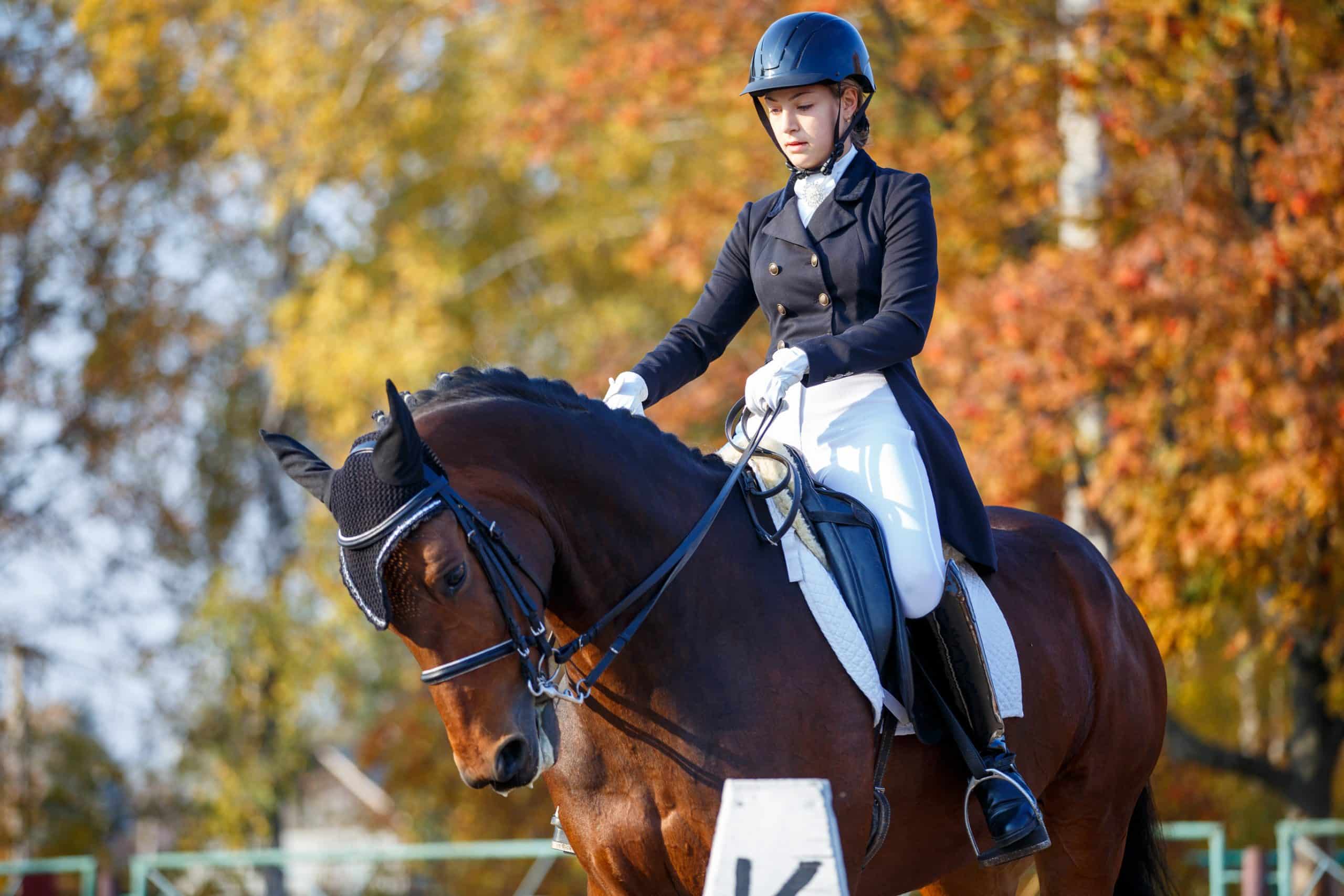Can a Dachshund Be Trained Effectively for Agility Competitions?

In the diverse world of dog breeds, the Dachshund stands out for its unique body structure. These little dogs, often known as sausage dogs for their elongated bodies and short legs, are a favorite among pet owners. Yet, a question that often arises is whether these dogs can be trained effectively for agility competitions. The American Kennel Club (AKC) has set out specific standards for agility courses that test a dog’s speed, dexterity, and obedience. So, can the Dachshund compete at the same level as other breeds? Let’s delve into this question.
Understanding the Dachshund Breed
To start with, it’s essential to understand the Dachshund breed, its characteristics, and disposition. Dachshunds are small dogs known for their spirited and friendly nature. They belong to the hound family and were originally bred to hunt badgers. This background makes them tenacious, keen, and surprisingly agile.
Topic to read : What’s the Best Method for Teaching Parrots to Solve Puzzles?
Dachshunds are often underestimated due to their size and body structure, but they possess a well-developed sense of smell, only second to the Bloodhound. Also, these dogs are intelligent, making them quick learners.
However, training a Dachshund requires patience, as they can sometimes be stubborn, wilful and independent-minded. Despite these traits, Dachshunds can be trained in obedience and agility with the right approach.
Have you seen this : How to Train a Deaf Dog Using Sign Language Commands?
Agility Training for Dachshunds
Agility training for dogs involves navigating a course filled with various obstacles such as tunnels, weave poles, jumps, and seesaws. This type of training can be a fun and rewarding experience for both the dog and the owner. It can also help promote better health and behavior in dogs.
Training a Dachshund for agility competitions, however, requires a slightly different approach than for other breeds due to their unique body shape. Extra care should be taken to prevent injury, particularly to their back.
For instance, while many dogs start agility training as puppies, it’s recommended that Dachshunds begin much later when their bodies are fully grown. This will help to prevent strain or injury to their long spine. Exercises that place less stress on the back, such as tunnels and weave poles, are generally well-suited to Dachshunds.
Positive Training Techniques for Dachshunds
When training a Dachshund in agility, positive reinforcement techniques are often the most effective. These techniques involve rewarding good behavior with treats, praise, or play. Dachshunds, being intelligent and food-driven, respond particularly well to this approach.
Consistency and patience are key in training Dachshunds. Regular training sessions, ideally daily, will help to reinforce the behaviors and skills being taught. Breaking down the agility course into individual obstacles, then gradually combining them, can be an effective way to train a Dachshund.
Remember, the goal of agility training is not just to win competitions, but to enrich your dog’s life and strengthen the bond between you. So, it’s important not to push your Dachshund too hard. Make sure the training sessions are enjoyable, and don’t forget to have fun!
Dachshunds and Socialization
Socialization plays a significant role in agility competitions. Dogs need to be comfortable around other dogs, people, and different environments to compete effectively. Fortunately, Dachshunds are generally sociable dogs that enjoy being around others.
However, like all dogs, Dachshunds need to be properly socialized from a young age. Exposing them to a wide range of people, dogs, and environments can help them become more confident and less anxious. This will ultimately aid in their performance in agility competitions.
In summary, while Dachshunds may not fit the usual mold of an agility dog, they can definitely compete. With understanding, patience, and a positive approach, you can effectively train your Dachshund for agility competitions.
An AKC Perspective on Dachshunds and Agility Competitions
The American Kennel Club (AKC) does not exclude any breed from participating in agility competitions. In fact, the AKC encourages all breeds to participate, as it recognizes the benefits of agility training for all dogs.
The AKC provides guidelines for agility courses and training techniques. It’s recommended that Dachshund owners adhere to these guidelines to ensure their dogs are trained safely and effectively. The AKC also offers resources for finding approved trainers who are knowledgeable in training different breeds, including Dachshunds.
However, it’s important to remember that while Dachshunds can be trained for agility competitions, not all Dachshunds will enjoy it. As with any breed, it’s crucial to consider your dog’s personality, health, and interests before deciding to pursue agility training.
In conclusion, while Dachshunds may not be the first breed that comes to mind when thinking about agility competitions, they can certainly hold their own. With a thoughtful and careful training approach, these spirited little dogs can make a big splash in the agility ring.
Dachshunds in Dog Sports: A Historical Perspective
To truly comprehend the suitability of Dachshunds in dog sports such as agility competitions, it’s beneficial to delve into their historical significance. As previously mentioned, Dachshunds hail from the hound family, originally bred for hunting purposes. This ancestry imbues them with a keen sense of smell, second only to the Bloodhound, and a tenacious spirit that makes them eager participants in challenges.
Dachshunds have been known to participate in a variety of dog sports, including earthdog trials, field trials, and obedience competitions. Their excellent scent tracking abilities make them well suited to these activities. But what about agility competitions? Are these uniquely shaped dogs capable of navigating the obstacle course landscape of such events?
Although Dachshunds may not seem like the traditional choice for agility training, their enthusiasm, intelligence, and tenacity can make them surprisingly adept competitors. However, their unique physique requires a careful approach to training, being mindful to prevent possible injury, especially to their elongated back.
Advanced Training Techniques for Dachshund Puppies
When it comes to puppy training, Dachshunds require a unique approach compared to other breeds. These dogs are intelligent and quick learners, but they can also be stubborn and independent-minded. Therefore, a blend of positive reinforcement and consistency in dog training works best.
When training a Dachshund puppy, it’s essential to remember that they respond well to rewards, whether it’s a treat, praise, or playtime. Regular, consistent training sessions are key to ensuring the behaviors and skills being taught are well understood and internalized.
Agility training for a Dachshund puppy should be introduced slowly and carefully. It’s best to start with simpler tasks, such as tunnels and weave poles, that place less stress on their back. As they grow and their bodies become stronger, more advanced training methods involving jumps and seesaws can be introduced.
Moreover, an integral part of training is socialization. A well-socialized Dachshund is more likely to be confident and less anxious, which can significantly enhance their performance in agility competitions.
Conclusion: Dachshunds and Their Place in Agility Competitions
To summarize, while Dachshunds may not be the typical breed associated with agility competitions, they should not be underestimated. Their spirited nature, combined with their intelligence and tenacity, makes them strong contenders in this field. However, a mindful and patient approach is necessary while training Dachshunds to ensure they are well prepared and protected from potential injuries.
The AKC’s perspective reinforces the notion that all breeds, including Dachshunds, can participate in agility training and competitions. This inclusive stance from a recognized authority underlines the fact that with proper training methods, any dog, regardless of breed, can excel in this stimulating and rewarding sport.
In conclusion, with the right training methods, consistent practice, and a careful awareness of their unique physical needs, Dachshunds can certainly shine in agility competitions. What they may lack in size, they undeniably make up for with their energetic spirit and determination, proving that in agility competitions, as in life, it’s not always the size of the dog in the fight, but the size of the fight in the dog.
